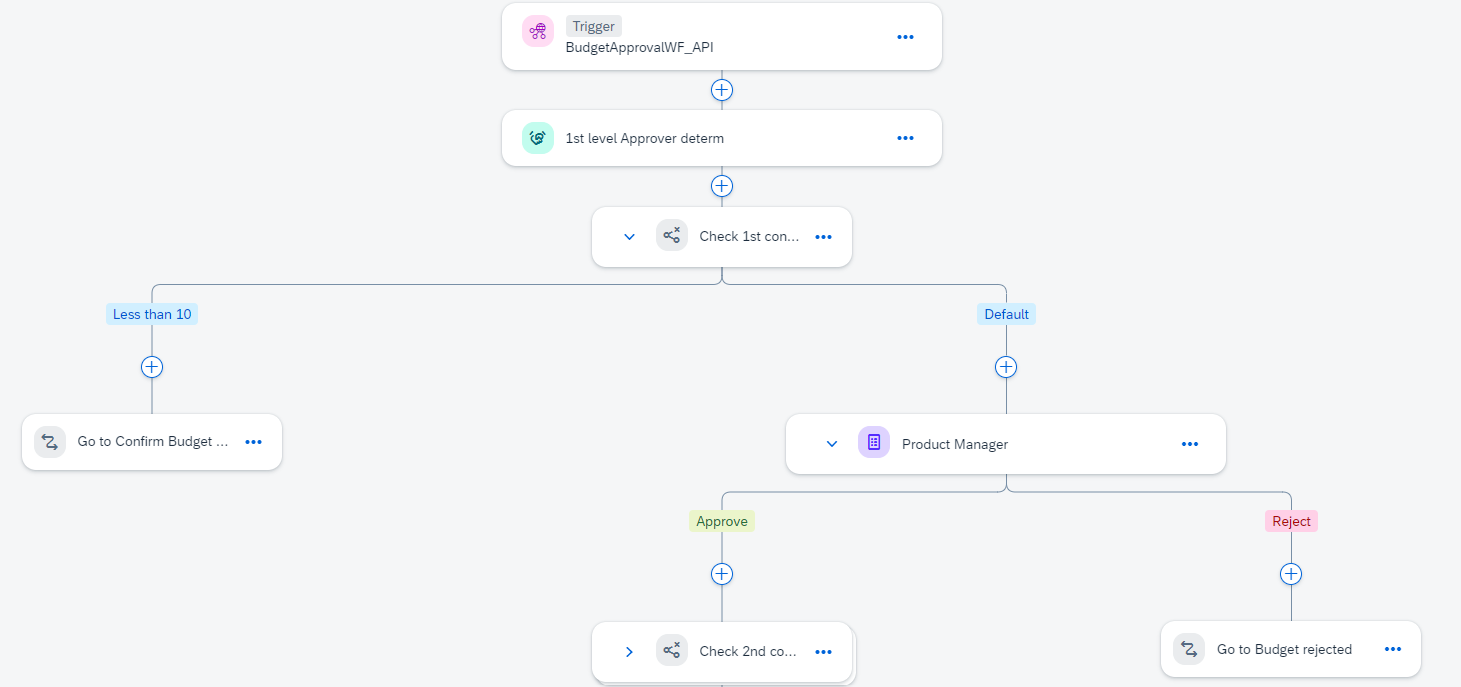
Democratize Automation with Low Code/No Code
Building the Future Together: A Father-Daughter Duo Explores the Magic of Low-Code/No-Code Automation
It’s been a while since my last blog post on Low-Code/No-Code (LC/NC) Platforms.
These developments are revolutionizing the way we digitize processes. Thanks to these, anyone can participate in creating digital solutions without being a programming expert. Low Code refers to software development platforms that allow developers to create applications using a visual interface and pre-built components. On the other hand, NoCode enables everyone, even those with no coding experience, to create applications using guided tools and drag-and-drop interfaces.
Over this period, these platforms have seen substantial evolution, emphasizing simplicity, integrating additional features and refining the user experience to improve accessibility.
The overarching goal has been to democratize process automation across businesses of all sizes, ensuring accessibility and ease of implementation for all users.
In pursuit of this goal and inspired by my practical approach, I’ve enlisted the help of my little assistant, (aka my daughter), to put one of these process automation platforms to the test.
My objective was to construct an approval workflow, wherein different actors would act as approvers for varying thresholds (e.g., distinct approvers for small and large amounts).
Moreover, an RPA BOT would play a role in the workflow, executing tasks such as data retrieval from legacy systems or final confirmations on ERP.
The process was very smooth.
Using just my web browser and a selection of building blocks, I pieced together the workflow. Some blocks were pre-configured, while others, like the thresholds, required a bit of no-code configuration.
My daughter was mostly interested in the shapes of the workflow’s building blocks and the nice arrowsto connect every step.

She was amazed (and so was I) by how simple it is to drag & drop, connect all the steps and how fast you can design the workflow!
The automation platform provided robust tools for defining thresholds. Manual data input, loading Excel files, or utilizing simple formulas were all possible to determine the appropriate approver.
The RPA Bot is developed inside the same web platform and similarly to the workflow designer is made by building blocks and no-code configurations.
Eventually the RPA Bot is “Dragged & Dropped” inside the workflow and… That’s it!
Over the past two years, the platform has seen constant refinement. I believe the time is ripe for every enterprise to invest in such an automation platform.
In conclusion, our exploration of Low-Code/No-Code platforms for process automation reaffirms their pivotal role in democratizing technology. These platforms empower users of all skill levels to actively engage in digital transformation, simplifying complex tasks through intuitive interfaces and pre-built components. With seamless integration of Robotic Process Automation, they offer a holistic approach to automation, accessible to enterprises of all sizes. As we embrace these advancements, we pave the way for a future where innovation knows no bounds and inclusivity reigns supreme.
